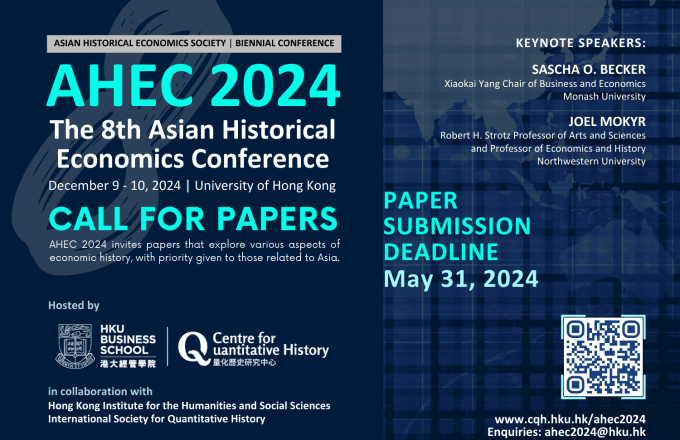Designing Layouts for Sequential Experiences: Application to Cultural Institutions
Mr. Abhishek Deshmane
PhD Candidate in Operations Management
IESE Business School
ABSTRACT
A fundamental issue faced by experience providers – ranging from retailing to cultural institutions – is to display a collection of items for physical or digital interactions. The arrangement of the exhibits in different locations, which we call the layout, affects the visitors’ choices over time and space, thereby driving their engagement with the offered experience. This paper develops a data-driven analytics framework to inform such operational decisions, taking into account visitors’ preferences. First, we propose a dynamic choice model, called Pathway MNL, that represents visitor activity as a sequence of conditional logit experiments influenced by the layout. We estimate this model on large-scale data logs of multimedia guide usage at the Van Gogh Museum (Netherlands). Using parametric specifications of the utility function, we uncover significant relationships between visitors’ choices and layout distances, artwork characteristics, and other contextual dimensions. Visitors value proximity and variety when locally constructing their path into the museum, but their choices are also influenced by the level of congestion and the number of artworks already seen. Our model predicts the next visitor action with an out-of-sample accuracy of 63%. Natural experiments on the layout provide further empirical validations. Second, we formulate the layout optimization problem, where the goal is to assign artworks to different locations to maximize the expected length of visitors’ paths. We establish a strong inapproximability result for this new optimization setting. We identify realistic interventions that can significantly lift visitors’ engagement by improving the attractiveness and retention exercised by the layout.















